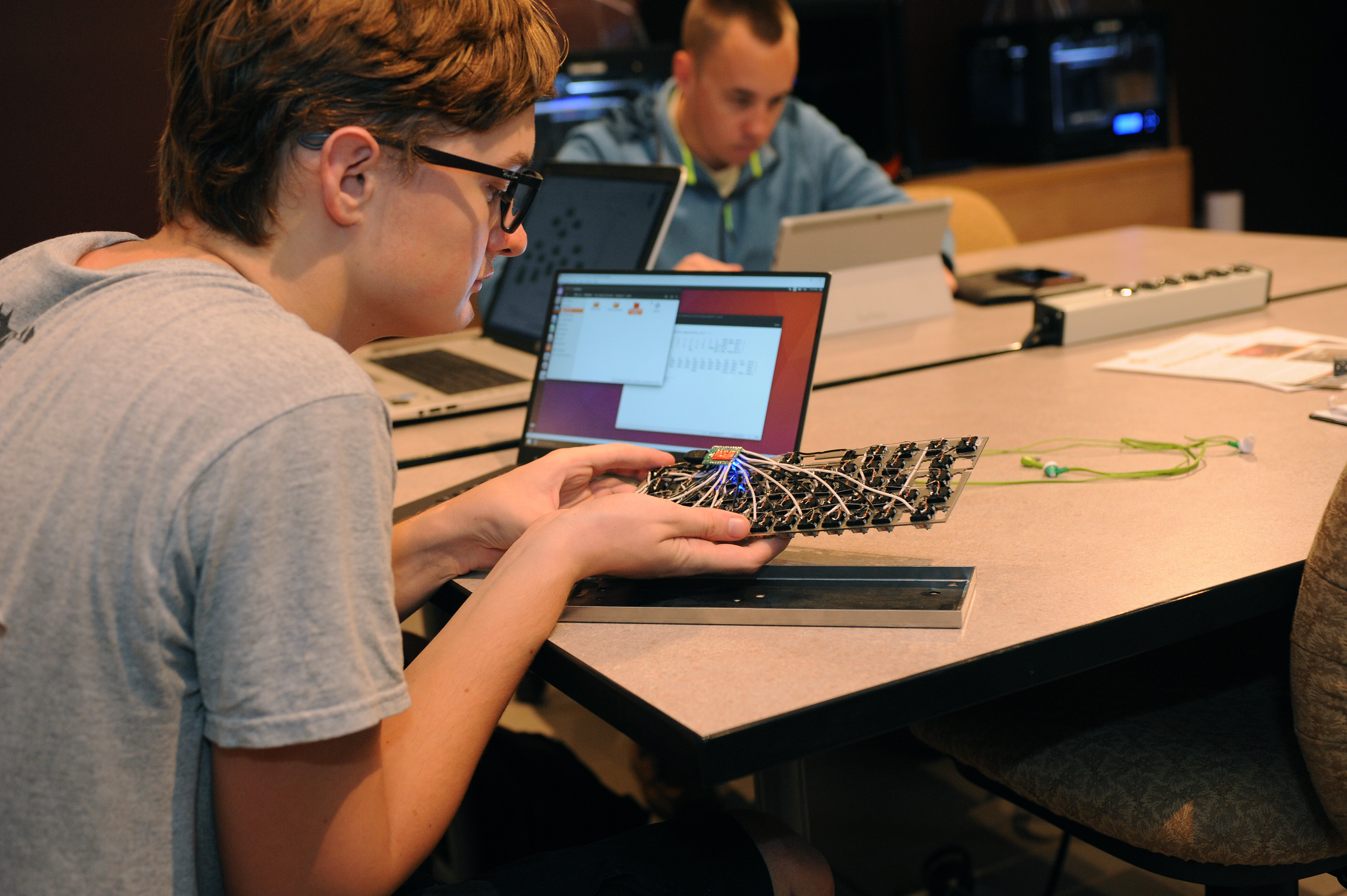Document Type
Conference Proceeding
Publication Title
Proceedings of SPIE - the International Society for Optical Engineering
Abstract
In underwater acoustic communication, (ACOMMs), ocean surface and bottom conditions create multi path propagation's for the transmitted signal that result in Inter symbol Interference (ISI) at the receiver. Generally, Equalization, Diversity IBeam forming, and Channel Coding are three independent techniques that are used to improve received signal quality. Equalization compensates for ISI created by a band-limited, time-dispersive channel through implementation of specialized filtering schemes within the receiver. The coefficients of the equalizer need to be continuously adjusted to compensate for the variability in the channel. Since the number of states required by the equalizer (or beam former) is finite, and may be described over a limited set of operating conditions (environments), it is worthwhile to consider a pattern recognition approach for identifying channel conditions and subsequent equalizer state specifications. This paper describes the approach and preliminary results obtained form the use of pattern recognition techniques to select a set of "best choice" equalizer coefficients and to decode a signal sequence directly. The method does not rely on the application of any adaptive algorithm for estimation of the equalizer coefficients during the actual data transmission or reception. Expectations are that performance benefits may be gamed in those cases where adaptive algorithms fail to select the optimal filter coefficients due to computational complexity or other factors.
First Page
52
Last Page
60
DOI
10.1117/12.372749
Publication Date
12-16-1999
Recommended Citation
Caimi, F. M., & Hassan, G. A. (1999). Results using an alternative approach to channel equalization using a pattern classification strategy. Paper presented at the Proceedings of SPIE - the International Society for Optical Engineering, , 3814 52-60.


